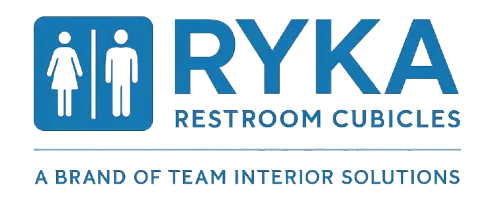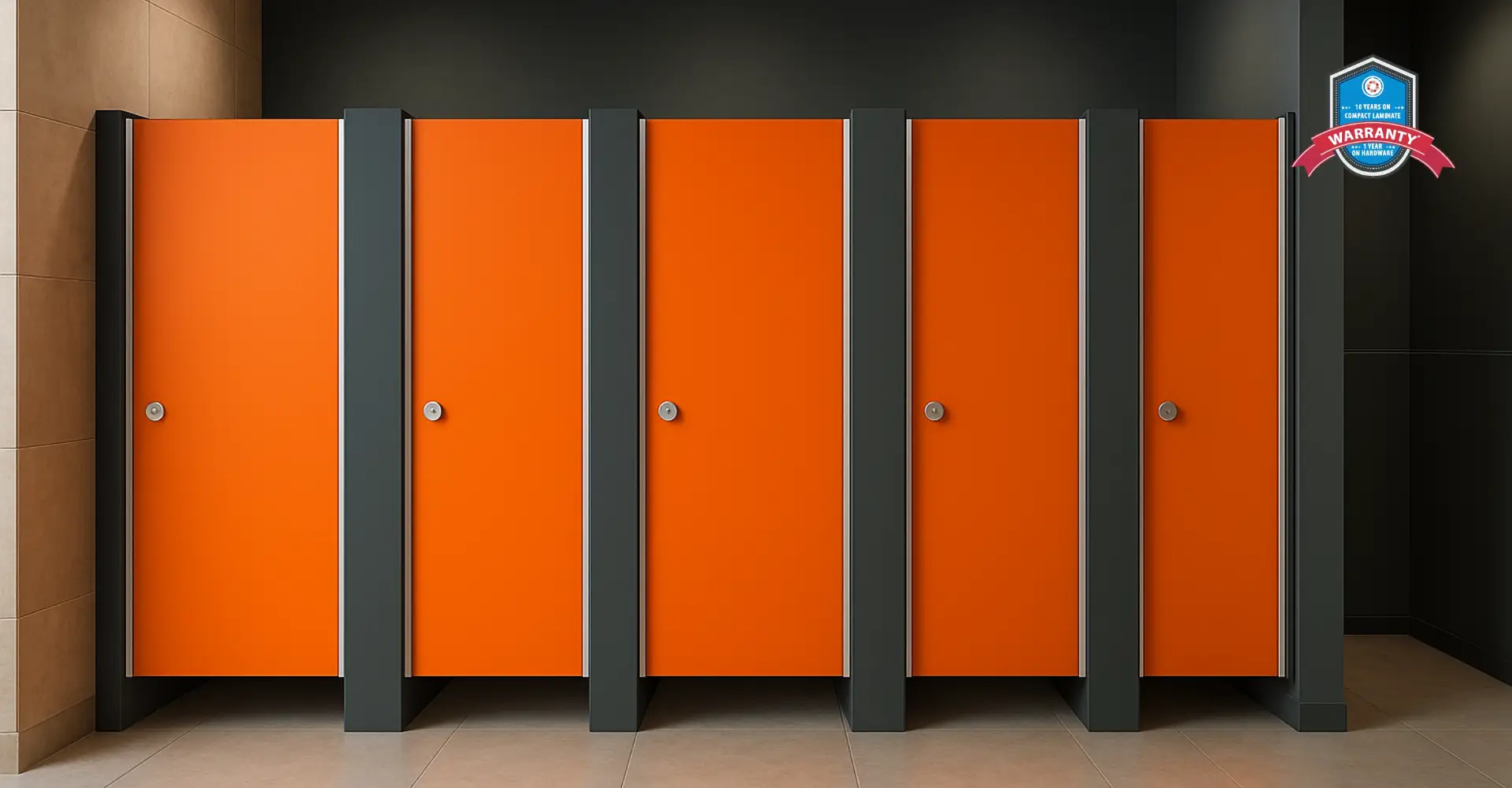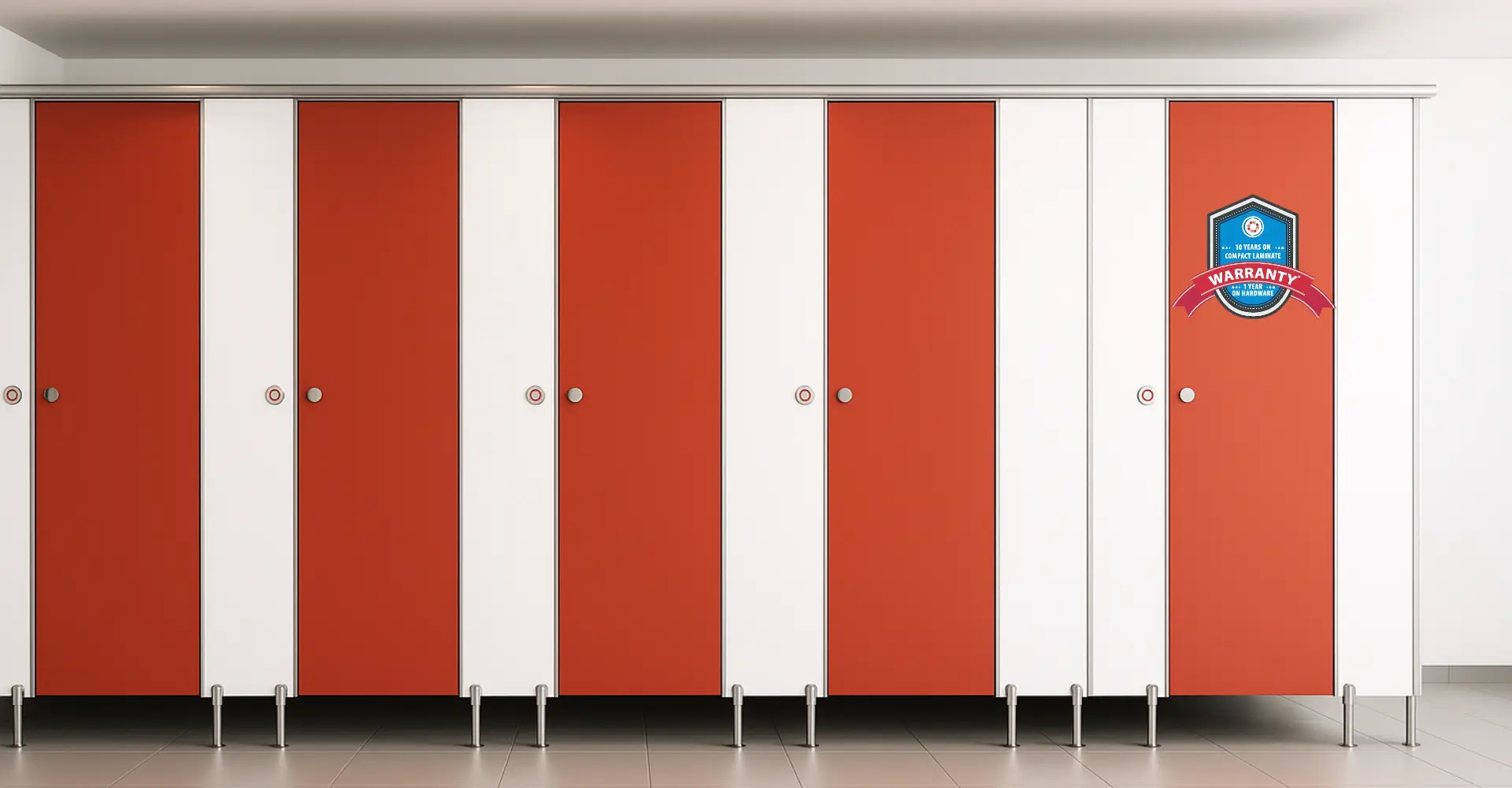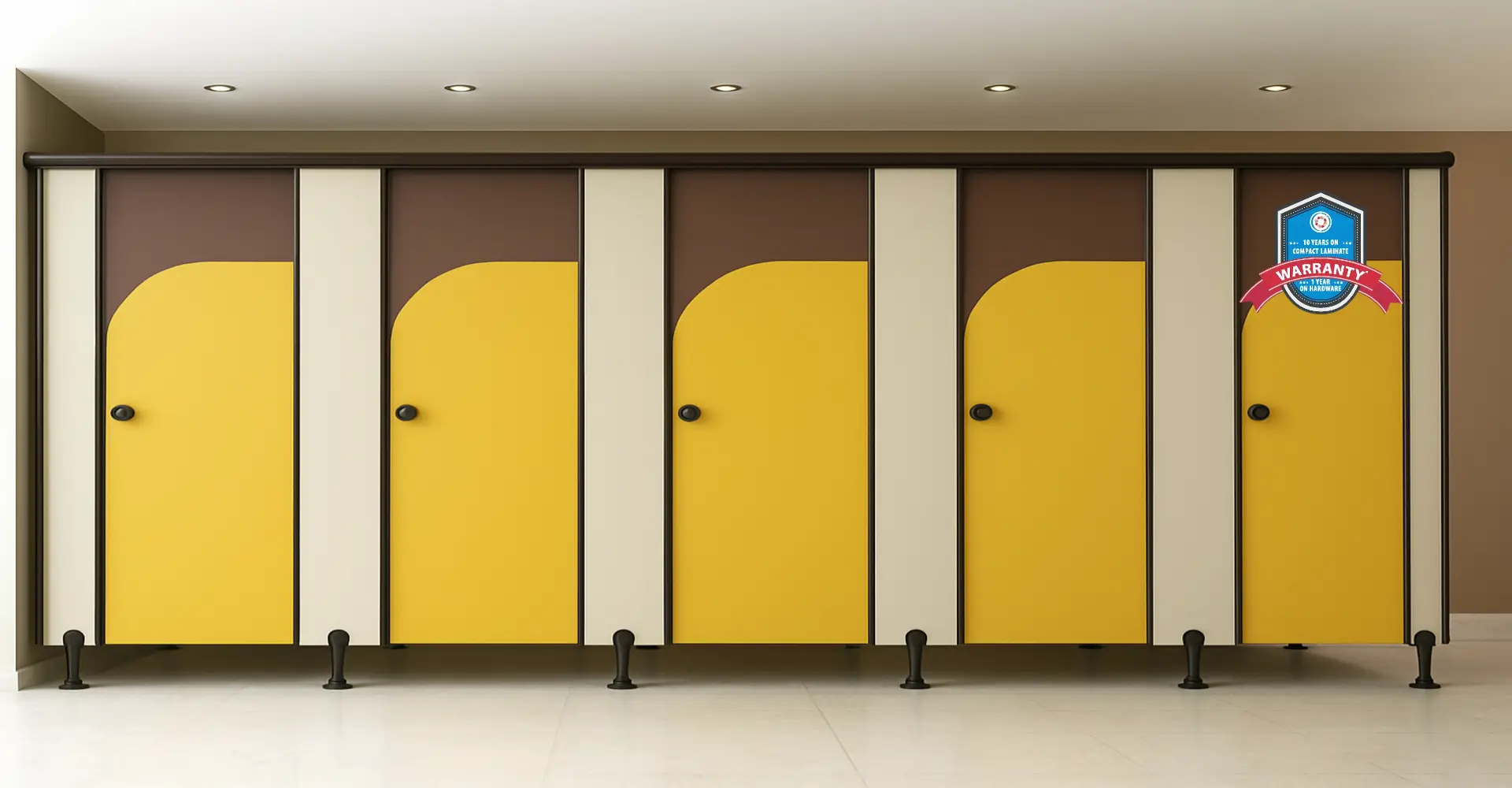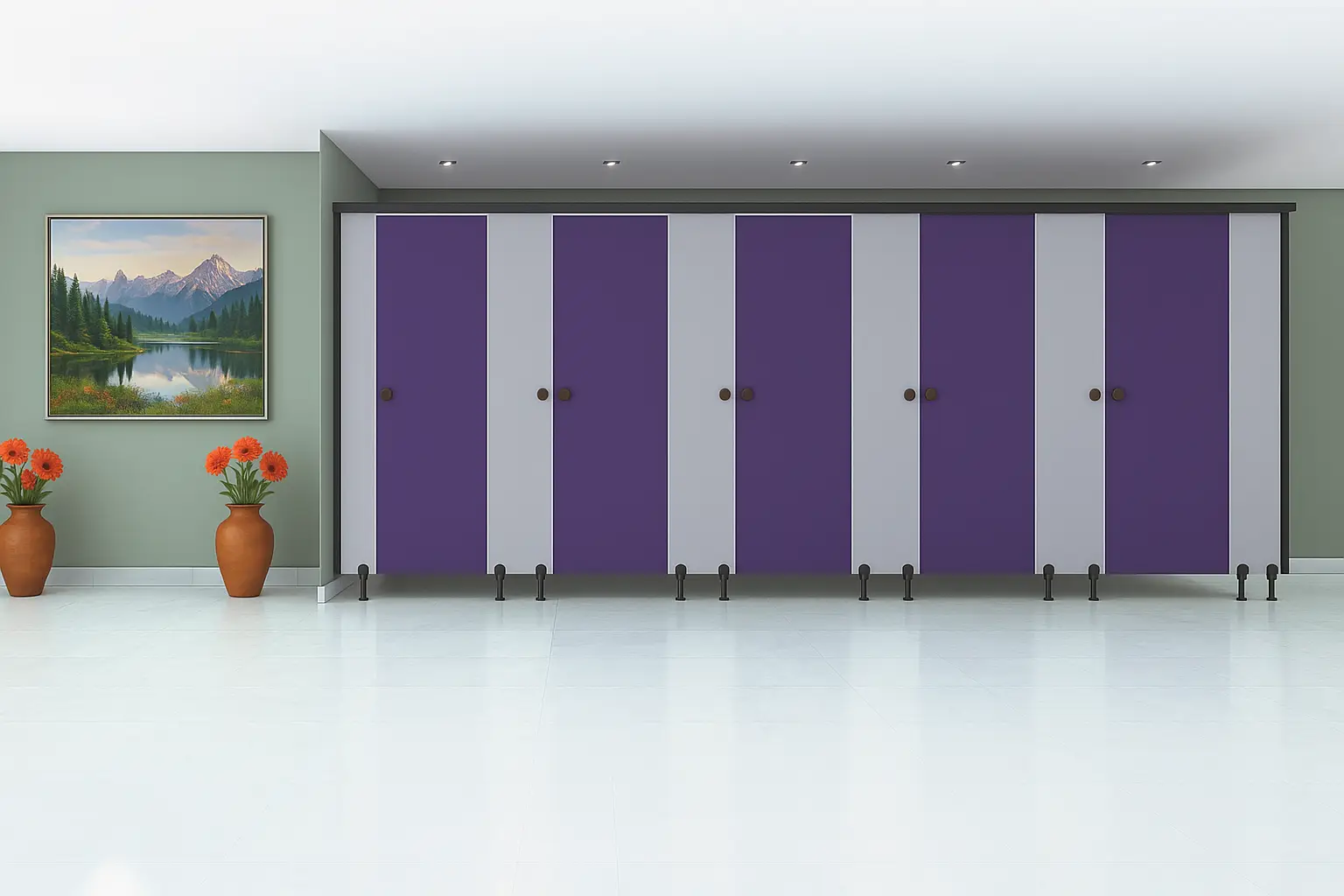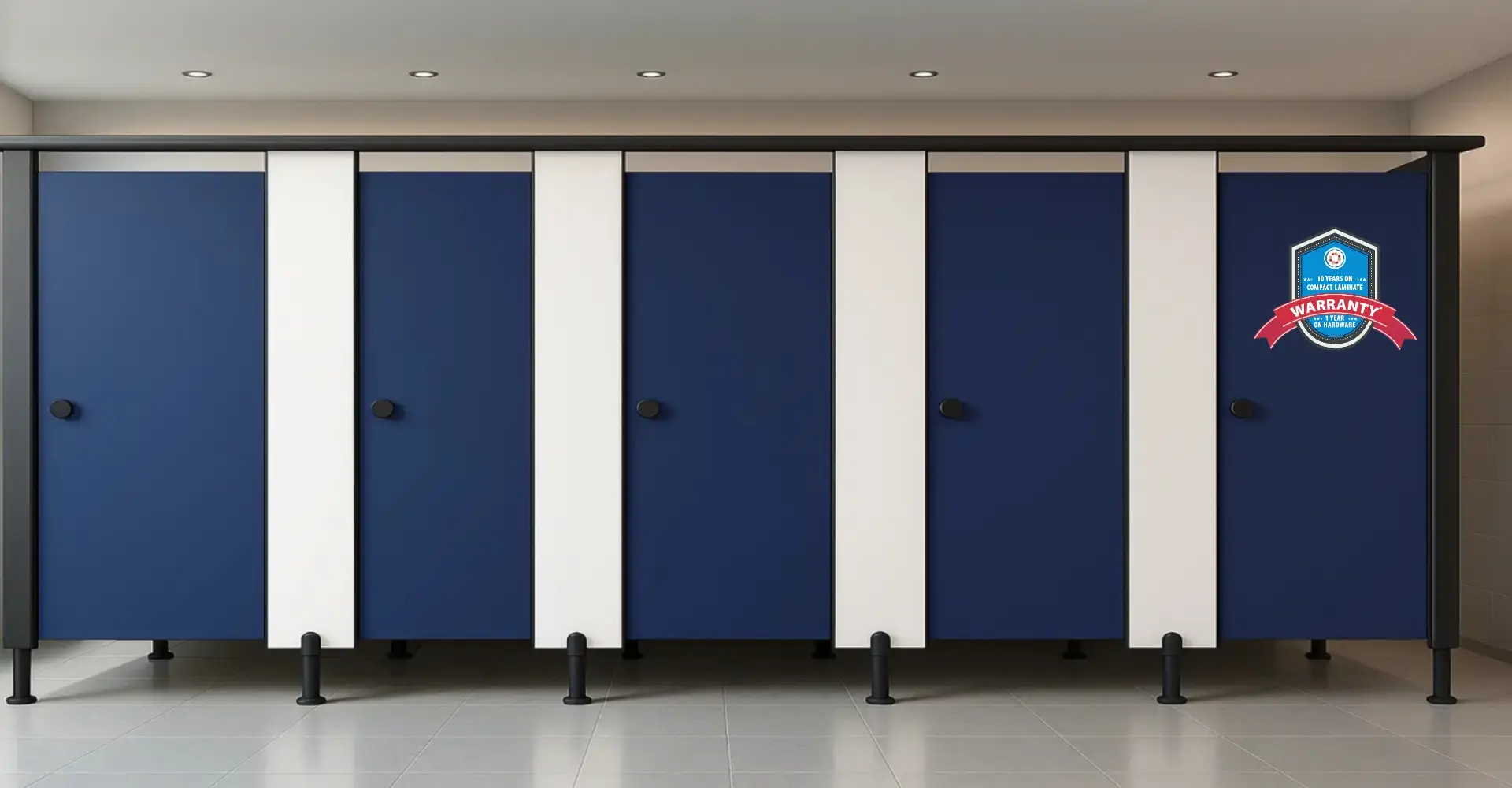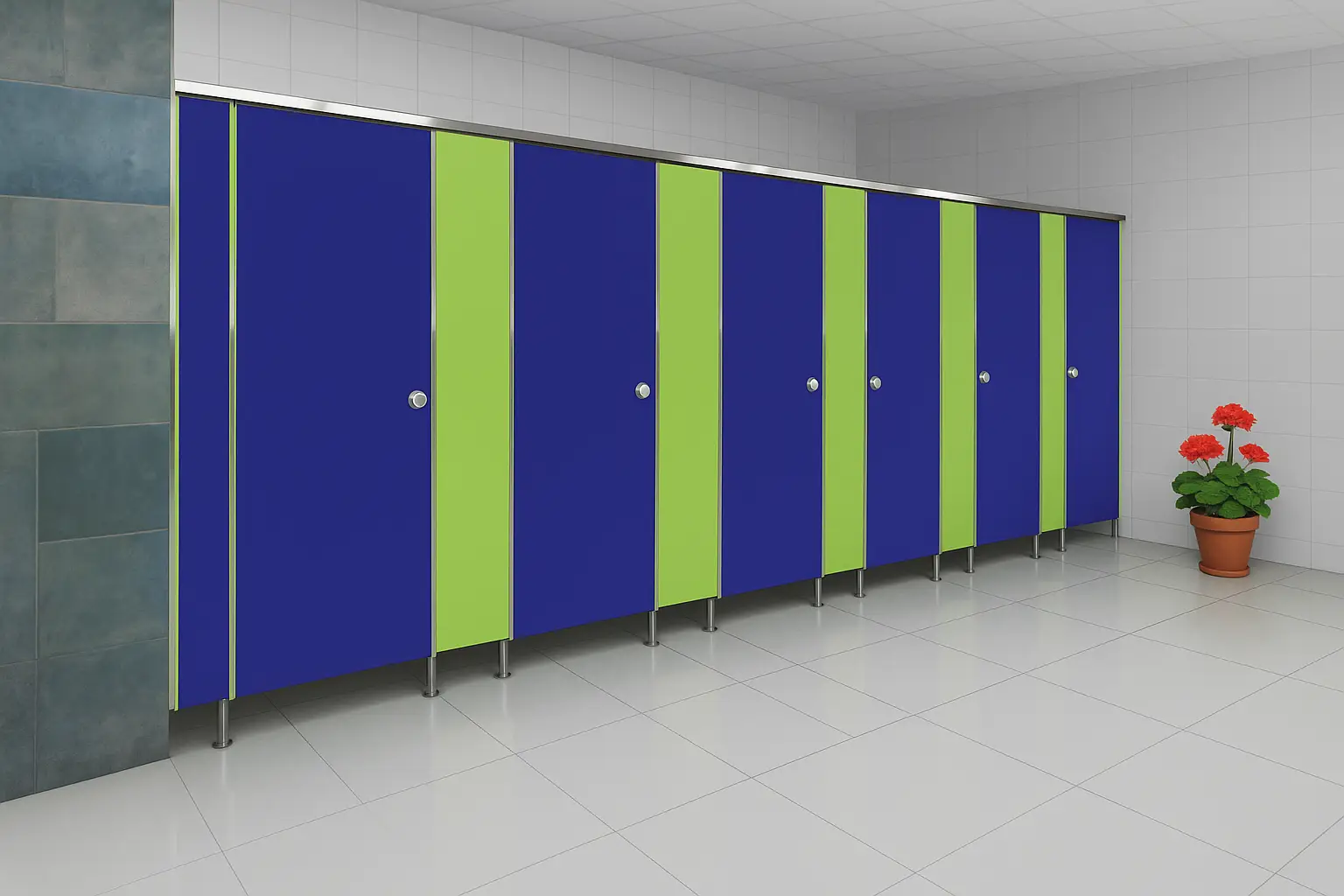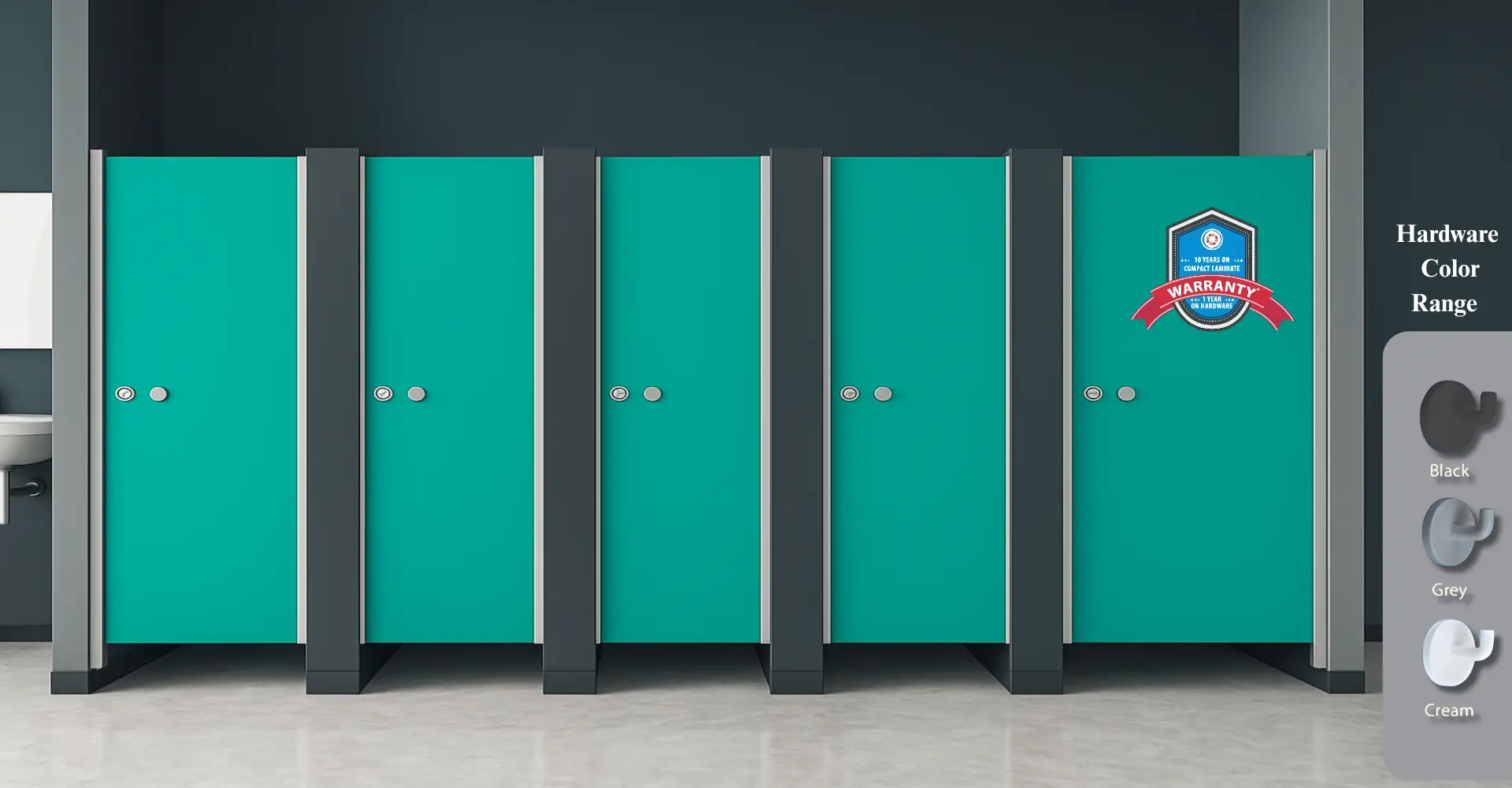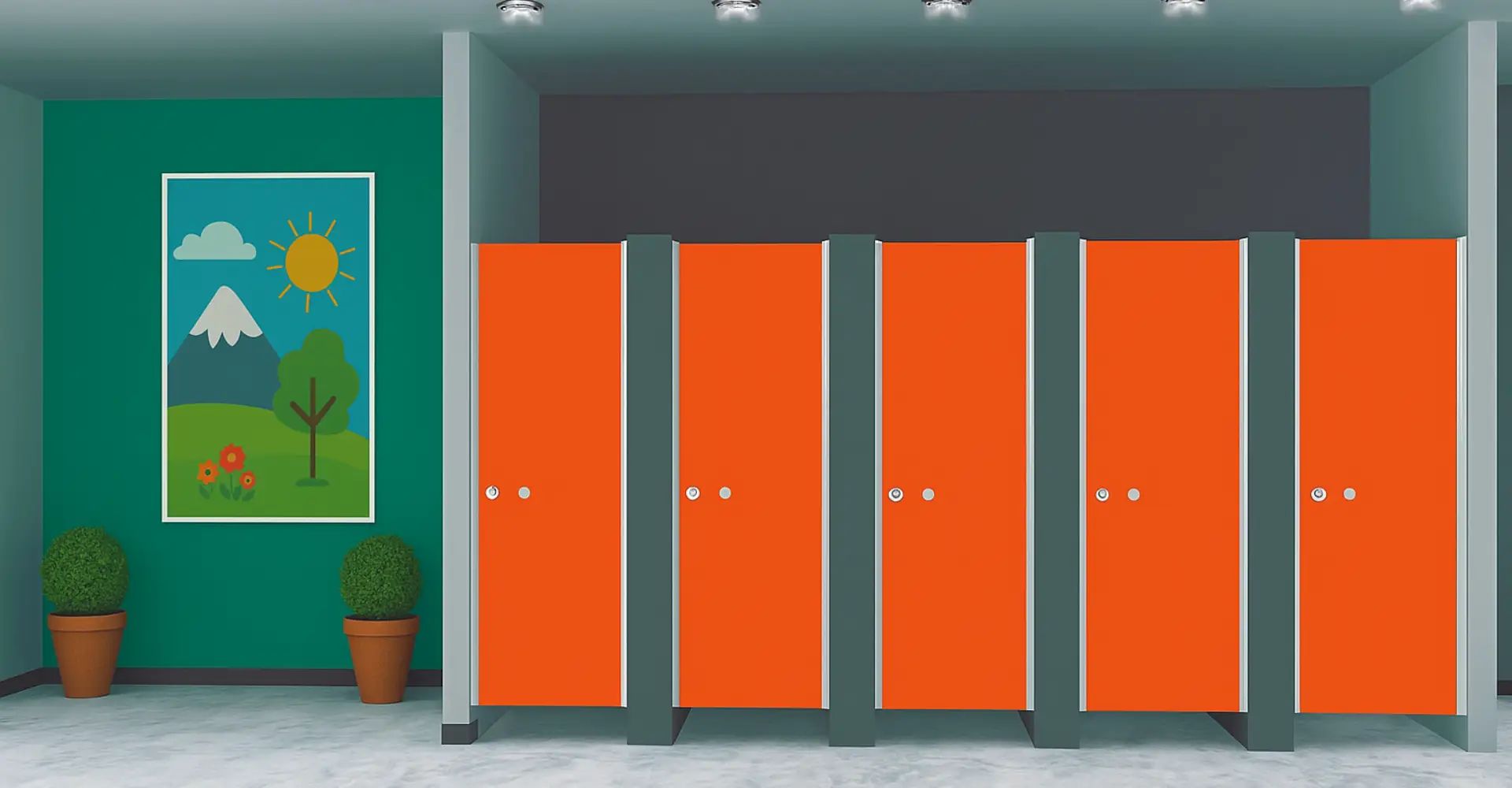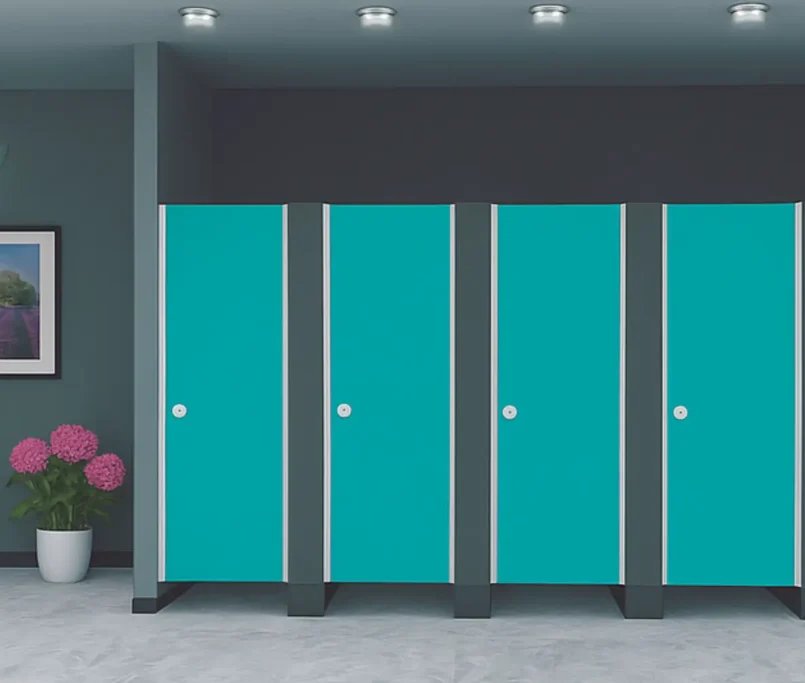Introduction
Public restrooms are essential facilities in every commercial, institutional, and public setting. While their primary purpose is straightforward, the design and materials used in these spaces significantly influence user experience, especially in terms of hygiene and cleanliness. One often-overlooked element in maintaining sanitary conditions is the toilet partition. The right toilet partition can help minimize germ spread, improve ease of cleaning, and contribute to overall restroom hygiene. In this blog, we analyze how the design and material of toilet partitions affect restroom cleanliness and public health.
1. The Role of Toilet Partitions in Hygiene Management
Toilet partitions serve more than just a privacy function—they form part of a larger hygiene strategy in public restrooms. Their placement, surface characteristics, and durability can influence how easily bacteria and viruses are transmitted.
Hygiene Functions:
- Provide physical barriers to limit contamination spread
- Separate high-touch areas between users
- Facilitate organized cleaning and sanitation routines
2. Material Matters: Choosing the Right Surface
The material of a toilet partition plays a crucial role in maintaining hygiene. Some materials are more resistant to moisture, bacteria, and vandalism, while others deteriorate quickly, becoming breeding grounds for microbes.
Common Partition Materials:
- High-Pressure Laminate (HPL): Affordable and customizable, but can absorb moisture if edges are not sealed.
- Solid Plastic (HDPE): Non-porous, moisture-resistant, and ideal for high-traffic areas.
- Phenolic Core Panels: Highly durable and resistant to water, chemicals, and bacteria.
- Stainless Steel: Sleek and durable but may show smudges and require frequent cleaning.
Best Choice for Hygiene: HDPE and phenolic core panels due to their non-porous, antimicrobial properties.
3. Seamless Design = Fewer Germ Hiding Spots
Cracks, seams, and exposed hardware in toilet partitions can harbor dirt and bacteria, making them difficult to clean. Seamless or flush designs minimize these areas and support better hygiene practices.
Design Recommendations:
- Flush panel systems with minimal joints
- Concealed or integrated hardware
- Rounded edges and easy-wipe surfaces
4. Antimicrobial Coatings and Additives
Some modern toilet partitions come with built-in antimicrobial additives that inhibit the growth of bacteria, mold, and mildew. These additives are especially beneficial in healthcare settings, schools, and high-use facilities.
Benefits of Antimicrobial Coatings:
- Reduce microbial buildup between cleanings
- Lower risk of cross-contamination
- Increase lifespan of the partitions
5. Ease of Cleaning and Maintenance
A critical aspect of restroom hygiene is how easily surfaces can be cleaned. Toilet partitions should be designed and installed in ways that allow janitorial staff to access and disinfect them efficiently.
Cleaning-Friendly Features:
- Graffiti-resistant surfaces
- Wall-mounted or elevated floor-clearance designs
- Resistance to chemical cleaning agents
6. Full-Height vs. Standard Partitions
While full-height partitions offer greater privacy, they may create airflow and cleaning challenges if not designed thoughtfully. Standard partitions allow more ventilation and easier floor cleaning.
Pros and Cons:
- Full-height: More privacy, potentially reduced airflow, harder to clean around
- Standard: Better ventilation, easier maintenance, lower material cost
Choosing the right configuration depends on balancing privacy, hygiene, and ease of upkeep.
7. Impact on User Behavior and Perception
The cleanliness and condition of toilet partitions can influence how users treat the space. Well-maintained, modern partitions encourage users to behave respectfully, whereas neglected partitions may lead to misuse and increased dirtiness.
Psychological Impact:
- Clean and hygienic-looking partitions promote responsible behavior
- Poor maintenance may result in increased vandalism or littering
8. Recommendations for Facility Managers
To maximize restroom hygiene through partition design and materials:
- Choose non-porous, antimicrobial materials
- Opt for seamless, easy-to-clean designs
- Implement regular cleaning protocols and inspections
- Invest in durable systems that withstand high traffic and cleaning chemicals
Conclusion
Toilet partitions are integral to the cleanliness and hygiene of public restrooms. Thoughtful choices in design and material can help reduce the spread of germs, simplify maintenance, and enhance user perception of the facility. As hygiene continues to be a top concern, especially in post-pandemic environments, investing in high-quality, hygienic toilet partitions is not just a design choice—it’s a public health imperative.
FAQs
Q1: Which toilet partition material is most hygienic?
A: High-Density Polyethylene (HDPE) and phenolic core panels are among the most hygienic options due to their non-porous, bacteria-resistant properties.
Q2: Do antimicrobial coatings eliminate the need for cleaning?
A: No, they supplement cleaning efforts by reducing microbial growth between cleanings but do not replace the need for regular sanitation.
Q3: Are full-height partitions less hygienic than standard ones?
A: Not necessarily. However, they may require more maintenance to ensure proper airflow and floor cleaning.
Q4: How can I make my existing partitions more hygienic?
A: Consider adding antimicrobial surface films, ensure regular deep cleaning, and replace damaged or porous panels.
Q5: How often should toilet partitions be cleaned?
A: High-traffic restrooms should have partitions cleaned multiple times a day, with deep cleaning at least once a week.
